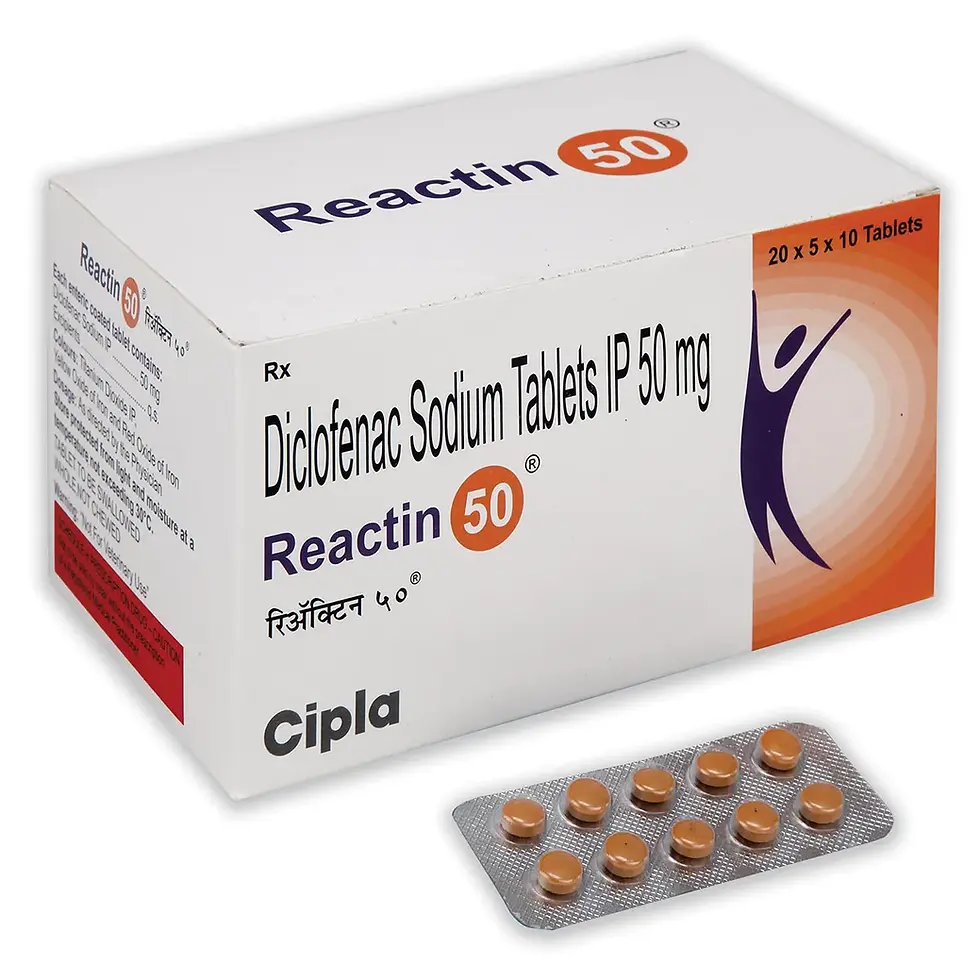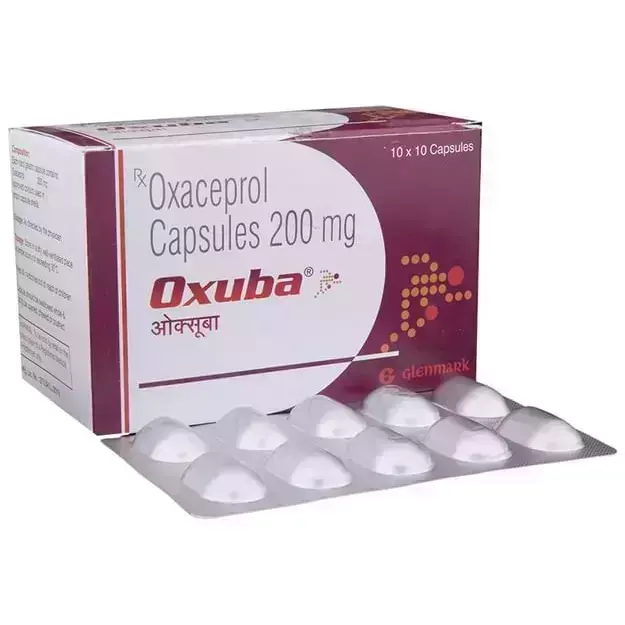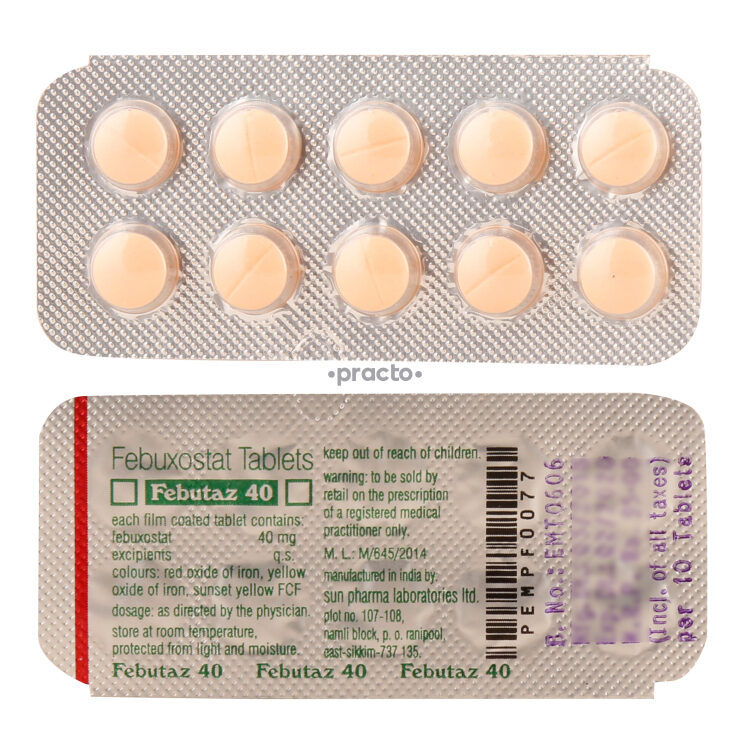“Pain & Analgesic” refers to a category of treatments designed to reduce or eliminate physical discomfort. Pain (an unpleasant sensory and emotional experience) can arise from tissue injury, inflammation, nerve irritation, or musculoskeletal strain. Analgesics are medications and topical preparations that block pain signals, reduce inflammation, or relax muscle tension, restoring comfort and function.
-
Acute Discomfort: Sharp, stabbing sensations often localized at injury sites (e.g., sprains, cuts).
-
Chronic Ache: Persistent, dull throbbing or burning pain—common in conditions such as osteoarthritis or low back strain.
-
Inflammatory Signs: Redness, swelling, warmth, and stiffness around joints or muscles.
-
Neuropathic Sensations: Tingling, numbness, or electric‐shock–like feelings along nerve pathways (e.g., sciatica).
-
Headache & Migraine: Pressure, pounding, or throbbing in one or more areas of the head, sometimes accompanied by light or sound sensitivity.
-
-
Musculoskeletal Injuries: Sprains, strains, torn ligaments/tendons, or fractures causing tissue damage.
-
Inflammatory Conditions: Arthritis (osteoarthritis, rheumatoid), bursitis, tendonitis—characterized by joint or soft‐tissue inflammation.
-
Nerve Compression & Irritation: Herniated discs, spinal stenosis, or peripheral neuropathy leading to shooting or burning pain.
-
Surgical or Postoperative Pain: Discomfort from incisions, muscle retraction, or wound healing.
-
Headache Disorders: Tension‐type headache from muscle tightness; migraine involving vascular and neurological factors.
-
-
Overuse & Repetitive Motion: Prolonged lifting, repetitive bending, or poor ergonomic posture provoking muscle strain.
-
Sudden Physical Stress: Heavy lifting without proper support, sudden twists, or falls leading to acute injury.
-
Weather Changes & Barometric Pressure: Cold, damp conditions can worsen joint stiffness and rheumatic pain.
-
Emotional & Psychological Stress: High stress levels may elevate muscle tension—contributing to tension‐type headaches or neck pain.
-
Sedentary Lifestyle: Lack of movement leading to weakened muscular support and increased risk of low back discomfort.
-
-
Clinical History & Physical Examination: Detailed interview about pain location, duration, intensity, aggravating/relieving factors, plus musculoskeletal and neurological testing.
-
Imaging Studies:
-
X-Ray: Identifies fractures, joint space narrowing, or bone spurs.
-
MRI/CT: Visualizes soft‐tissue injuries (disc herniation, ligament tears) and nerve compression.
-
Ultrasound: Helps detect bursitis, tendonitis, or fluid collections.
-
-
Laboratory Tests:
-
Inflammatory Markers: ESR or CRP may be elevated in inflammatory arthritis or systemic inflammation.
-
Blood Work: To rule out infection, autoimmune conditions, or metabolic causes influencing pain.
-
-
Nerve Conduction Studies / Electromyography (EMG): Confirm neuropathic pain by measuring electrical activity of nerves and muscles.
-
Pain Questionnaires & Scales: Tools like the Visual Analog Scale (VAS) or Numeric Rating Scale to quantify pain and track treatment response.
-
First‐line therapy often includes nonsteroidal anti‐inflammatory medications (NSAIDs) such as Ibuprofen or Naproxen to reduce inflammation, combined with acetaminophen for mild to moderate discomfort. Topical analgesic gels or creams containing Diclofenac or menthol can be applied directly to sore muscles or joints for localized relief with fewer systemic effects. In cases of muscle spasm or severe strain, a short course of muscle‐relaxing agents (e.g., Cyclobenzaprine 5–10 mg at bedtime) can ease tension and improve range of motion. For neuropathic pain—burning or tingling sensations—agents such as Gabapentin (300 mg at bedtime, titrated up to 900–1,800 mg daily) or Pregabalin (75 mg twice daily) may be used off‐label under supervision. Non-medication approaches—physical therapy, heat/cold application, gentle stretching, and posture correction—serve as important adjuncts to reduce pain recurrence and restore functional capacity. Always follow dosing guidelines and monitor for any adverse effects, especially when combining multiple medications.
Q1: How quickly will I feel relief after taking an NSAID?
A: Many experience noticeable improvement in 30–60 minutes after a single dose, but it may take 1–2 days of consistent use for maximal inflammation reduction. Always use the lowest effective dose for the shortest duration.
Q2: Are topical gels as effective as oral medications?
A: Topical formulations (e.g., Diclofenac 1 % gel applied 3–4 times daily) deliver medication directly to painful areas, which can provide comparable relief for localized conditions (e.g., osteoarthritis of knees) with fewer digestive or cardiovascular risks than oral options.
Q3: When should I consider adding a muscle relaxant?
A: If muscle spasm—such as after a back strain—prevents gentle stretching or physical therapy, a short course (up to 2 weeks) of a muscle‐relaxing agent can be helpful. These are best used at bedtime to minimize sedation during the day.
Q4: How do I know if my pain is nerve‐related?
A: Neuropathic pain often presents as burning, tingling, “electric shock” sensations, or numbness. If over-the-counter medicines fail to relieve these symptoms, consult a specialist for nerve conduction testing and consider a trial of medications like Gabapentin or Pregabalin under supervision.
Q5: Can lifestyle changes reduce my risk of recurring pain?
A: Yes. Maintaining proper posture, engaging in regular low-impact exercise (e.g., walking, swimming), using ergonomic supports at work, and incorporating periodic stretching can strengthen muscles, improve flexibility, and significantly reduce the frequency of flare-ups.






































































